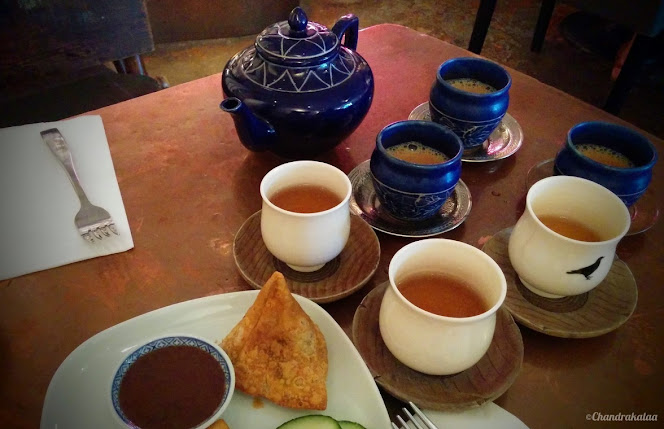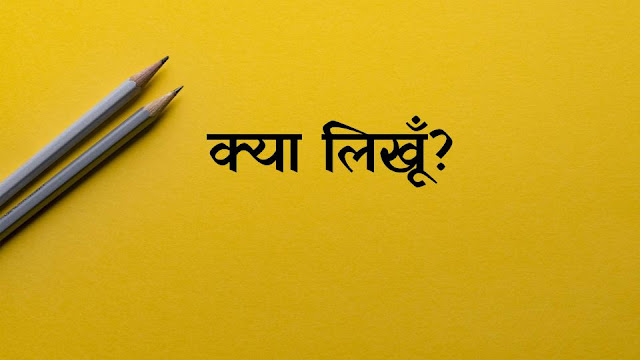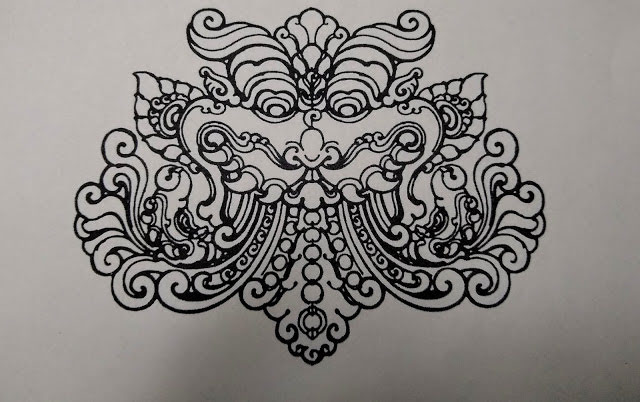December 23, 2020
The inspiration for this post comes from a chat with my nephew, niece. The word ‘कर्तनम्’ came as we were listening to a Sanskrit story. They know what कर्तरी is so I casually said ‘a scissor cuts but a कर्तरी (Kartari) कर्तयति (Kartayati)’.
By now you probably know what ‘कर्तरी’ and ‘कर्तनम्’ mean. ‘कर्तरि’ (Kartari) is an instrument for cutting. So a Scissor is ‘कर्तरी’. कर्तरी is also the name of a हस्तमुद्रा (hand-gesture) in Indian classical dance - कर्तरीमुख. This mudra is used to denote separation, death, opposition etc. in dance. Interestingly a similar gesture is used to denote victory which people often use while getting photographed or spoiling them to say the truth. What made me ponder more and more is that, by knowing one word, it is easy to know another one - knowing कर्तरी can give me some idea about कर्तयति without knowing too much about the context, knowing कर्तरी and मुख can help me know कर्तरीमुख. ‘Knowing’ here means that it is possible to form an image of the meaning in the mind without having to explain the 2 words in a particular context. If I know only ‘scissor’ then saying the word ‘cut’ won’t help me much without knowing additional context like a sentence where the two words are used.
If we see more, a comic book has pictures and illustrations but a चित्रकथा (comic) has चित्र. A photo and movie may not have much in common but a moving चित्र is indeed चलचित्र (movie). The books are found in the library but a पुस्तक in पुस्तकालय. The Giraffe is the animal with a long neck but दीर्घग्रीवः is the one with a दीर्घ (long) ग्रीवा (neck). A donkey is a donkey and a zebra is a zebra but a गर्दभः (donkey) can become चित्रगर्दभः (zebra) by drawing a little चित्र on it. Applying butter to a fly doesn’t turn it into a butterfly but adding चित्र to a पतङ्ग (fly) can make it look like चित्रपतङ्ग (butterfly). A mountain and a stone are not related and comparable in size but a शिलाखण्ड: (stone) is a खण्डः (part) of a शिला (mountain). A pen can write but the लेखनी for sure लिखति. A chair can be used to sit but आसन्दः (chair/seat) ददाति (gives) आसः (seat). A window may not bring air, but from the वातायनम्, वात: आयाति. Don’t know how many tires a cycle has but द्विचक्रिका has द्वे (2). The slippers might make one slip but पादत्राणम् protects (त्राणं) the feet (पाद). Glasses can sit anywhere but उपनेत्रम् sits close to नेत्रम् (eye). A handkerchief may be the chief of someplace but करवस्त्रम् is just a simple वस्त्रम्. One may have to do more to worship but only needs to take the उप (near) आसनम् (seat) to the lord for उपासना.
I feel like going on and on but hope you were able to relate to some of it. To me personally, anything written in Hindi and sometimes Sanskrit feels like somebody just added visual illustrations to an English story that was previously written in just plain text. Who doesn’t love pictures?
all errors are completely mine!























